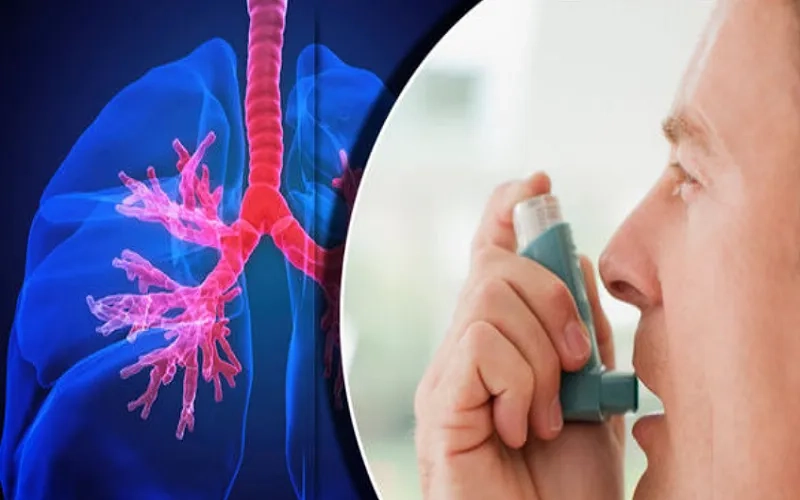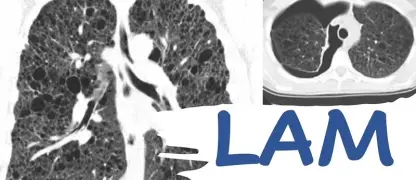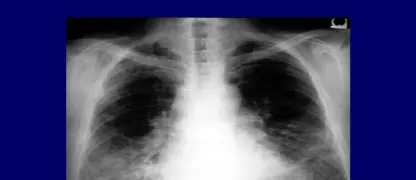Don't let asthma control your life. Recognizing your triggers and the early warning signs of an attack is the first step to better breathing. This guide has the essential information you need.
What are the main causes of Asthma?
- A family history of asthma or other allergic conditions like eczema and hay fever is one of the strongest risk factors for developing it.
- Exposure to various allergens and irritants can trigger airway inflammation, leading to the development and exacerbation of allergic asthma symptoms.
- Childhood respiratory infections and exposure to environmental factors like air pollution and smoke can contribute to the onset of asthma in some individuals.

Key symptoms of Asthma to watch for
- A persistent cough, especially at night or during exercise, and a whistling sound when you exhale are classic signs of asthma.
- Feeling like you cannot get enough air in your lungs, which may worsen with activity, is a primary symptom of inflamed airways.
- A sensation of tightness or uncomfortable pressure in your chest can be a concerning sign of an impending or active asthma attack.
How can you prevent Asthma effectively?
- Work with your doctor to identify and avoid your specific asthma triggers, such as pollen, dust mites, pet dander, smoke, or other irritants.
- Adhere to your asthma treatment plan, using controller inhalers daily to manage inflammation and a rescue inhaler for immediate symptom relief.
- Regularly monitor your symptoms and, if recommended, use a peak flow meter to track lung function and detect worsening asthma before an attack occurs.
>>> Don't miss: Gallbladder cancer - Understanding the risks and subtle signs
Image of the disease Asthma and other variables







Signs of an asthma attack to recognize early
>>> Understand more about: Myelodysplastic syndromes - When bone marrow cells don't mature
Proactive management is key to living well with asthma. If you recognize these symptoms, consult a healthcare provider for an accurate diagnosis and personalized treatment plan. Take control of your breathing today.
>>> Learn now: Living with chronic obstructive pulmonary disease - A guide






